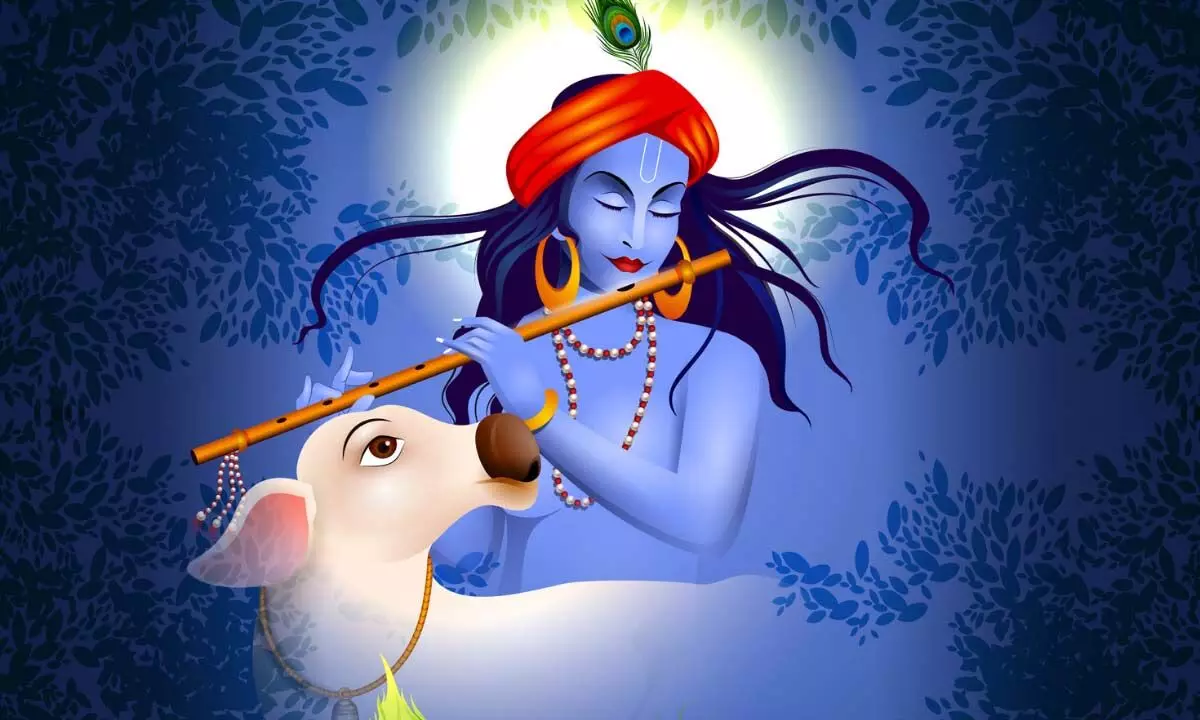Janmashtami Images: A Celebration of Lord Krishna’s Birth

Janmashtami is a Hindu festival that celebrates the birth of Lord Krishna, one of the most revered deities in Hinduism. The festival is celebrated with great enthusiasm and devotion by millions of people across India and around the world. One of the key aspects of Janmashtami celebrations is the use of images and pictures of Lord Krishna. In this article, we will explore the significance of Janmashtami images and their role in the celebration of this auspicious occasion.
The Significance of Janmashtami Images
Images of Lord Krishna are an integral part of Janmashtami celebrations. They are used to decorate homes, temples, and public spaces, and are also used in religious rituals and ceremonies. The use of images is rooted in the Hindu belief that God can be worshipped in various forms, including through images and idols.
Janmashtami images typically depict Lord Krishna as a baby or a young boy, often with his mother Yashoda or his beloved Radha. These images are meant to evoke feelings of love, devotion, and reverence towards Lord Krishna. They are also used to tell the story of Lord Krishna’s birth and his life as a divine being.
The Role of Janmashtami Images in Celebrations
Janmashtami celebrations typically involve a range of activities, including fasting, prayer, and singing devotional songs. Images of Lord Krishna play an important role in these celebrations, as they help to create a festive atmosphere and inspire feelings of devotion and love towards Lord Krishna.
One of the most popular activities during Janmashtami is the Dahi Handi ceremony, where a group of people form a human pyramid to break a pot filled with curd that is hung at a height. This ceremony is inspired by Lord Krishna’s childhood antics, where he would steal butter and curd from his mother’s kitchen. Images of Lord Krishna as a child are often used during this ceremony, as they help to bring the story to life and create a sense of connection with Lord Krishna.
Another popular activity during Janmashtami is the Ras Leela, a dance performance that depicts Lord Krishna’s love for Radha and the gopis (cowherd girls). Images of Lord Krishna and Radha are often used during this performance, as they help to create a visual representation of the story and evoke feelings of love and devotion towards Lord Krishna.
The Different Types of Janmashtami Images
Janmashtami images come in a variety of forms, from traditional paintings and sculptures to modern digital images. Some of the most popular types of Janmashtami images include:
– Pichwai Paintings: These are traditional paintings that originated in Rajasthan and depict Lord Krishna in various poses and settings. They are typically painted on cloth or paper and are known for their intricate details and vibrant colors.
– Marble Statues: Marble statues of Lord Krishna are popular in temples and homes, as they are considered to be a symbol of purity and divinity. These statues are often intricately carved and can be found in a range of sizes and styles.
– Digital Images: With the rise of technology, digital images of Lord Krishna have become increasingly popular. These images can be easily shared on social media platforms and are often used to spread messages of love and devotion towards Lord Krishna.
Conclusion
Janmashtami images play an important role in the celebration of Lord Krishna’s birth. They help to create a festive atmosphere, evoke feelings of devotion and love towards Lord Krishna, and bring the stories of his life to life. Whether it’s through traditional paintings, marble statues, or modern digital images, Janmashtami images are a powerful symbol of the Hindu faith and a testament to the enduring legacy of Lord Krishna.






